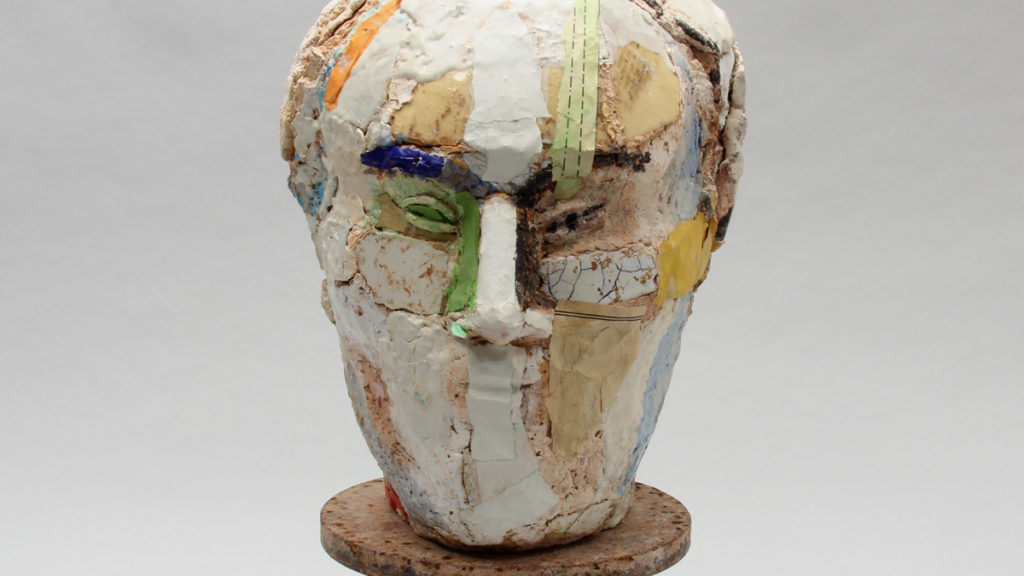At the heart of some of the most important developments of the twentieth century is the opposition between ceramic as a functional form, and ceramic as art. The first approach was expressed through the revival of studio pottery which is well illustrated in the Gardiner Museum’s collection of international ceramics. The movement originated in Britain by Bernard Leach in the 1920s and promoted hand-crafted pots for everyday life as a reaction against industry. At the same time, other artists working under the influence of Modernism, including Lucie Rie and Hans Coper, sought to liberate pottery from the imperative of function, treating the vessel as an art form. The collection also includes works by contemporary artists who use clay as a medium of sculptural expression.
The Gardiner Museum’s collection of international contemporary ceramics was established by Aaron Milrad, and has since been enriched by gifts from Claude and Christine Bissell, and Helen Gardiner, Iris and Jack Lieber, Elizabeth Lipsett, Michael and Mary Mason, Cawthra and Julyan Mulock, Diana Reitberger, and many others.
1. Gertraud Möhwald (1929-2002), Head with a Dim of Hair (detail), 2002, Gif of Alan Mandell, G14.6.1a-b
2. Gertraud Möhwald (1929-2002), Head with a Dim of Hair (detail), 2002, Gif of Alan Mandell, G14.6.1a-b
3. Adrian Saxe (b.1943), D'Nile (detail), C.2004, Gift of Helen Gardiner and Frank Lloyd, G05.8.1a-c
4. Greg Payce (b.1956), Apparently (detail), c.1999, Purchased with the support of the Canada Council for the Arts Acquisition Assistance Program, G04.19.1; Gift of the Artist, G05.13.1. Photographer: Toni Hafkenscheid

